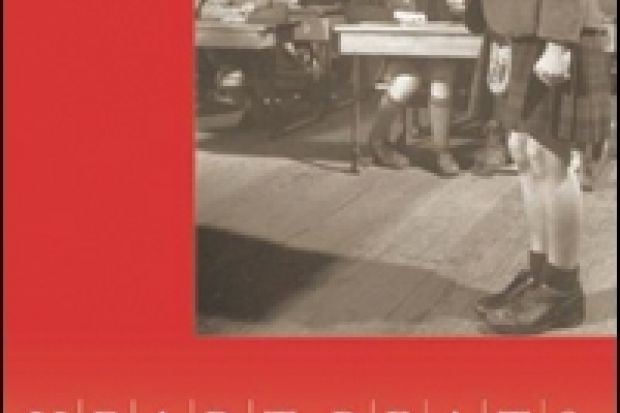It’s taken a long time for English studies to get here. When, in the 19th century, the discipline was being formed, there was much anxiety within and without the field that English would consist of nothing more than “idle gossip about literary taste”. English responded by making itself as rigorous-looking as possible, almost “scientific” in its methodology. After all, if studying English wasn’t difficult, why should it have a place in the modern university?
This meant that English first bolstered itself with the science of philology, then with the self-professedly objective principles of “practical criticism”, and then the specialist terminologies of “theory”. All these approaches have concerned themselves with creating a class of trained, professionalised readers - readers who, having been through the academy, can read differently from those who have not. While there’s nothing wrong with that in itself, somewhere along the way non-professional readers have got left behind. What does literature mean to those hundreds of thousands of readers who turn to it as a source of value and meaning in their lives, but who have had little or no academic experience with it? There is a wealth of “real-life” engagement with literature that researchers in social anthropology and the medical humanities have sometimes busied themselves with, but about which English studies has been curiously quiet.
I hope that books like Catherine Robson’s brilliant Heart Beats: Everyday Life and the Memorized Poem will mark a turning point in the history of our discipline. Written with a lightness of touch but a depth of commitment, Heart Beats considers the practices of memorisation and recitation of poetry in schools in the UK and the US over the course of the 19th and 20th centuries, and the effects these practices had on the lives of those who committed poems to memory as a result.
Robson takes a twin approach to her topic, dividing Heart Beats accordingly. In the first section she gives a historical overview of the use of memorised poems in UK and US public education. Her primary sources include inspectors’ reports, government commissions into curriculum development and the many manuals and textbooks produced explicitly for classroom use. Changing reasons and justifications for the pedagogical use of memorisation and recitation, as well as objections to the practice, are traced. These include the beliefs that it promoted early acquisition of literacy; that it stifled early acquisition literacy; that it was morally improving; that it encouraged virtues such as self-discipline or patriotic self-sacrifice; that it fostered an appreciation of the beauty of language; that it strangled an appreciation of the beauty of language.
Robson’s historical narrative is full of interesting nuggets: the nature of the practice in British schools is better understood when one learns that schools received income directly in proportion to the scores that individual pupils were given by Her Majesty’s Inspectors when they came to examine students’ recitation skills. The American experience of recitation was less fraught with doubt and criticism, and as a consequence it persisted for several decades after the practice petered out in the UK.
The second part of Robson’s book consists of case studies of three of the poems that entered thousands of people’s lives through these practices: Felicia Heman’s Casabianca (you probably call it “The boy stood on the burning deck”); Thomas Gray’s Elegy Written in a Country Churchyard; and Charles Wolfe’s The Burial of Sir John Moore after Corunna. These case studies involve detailed critical analysis, but analysis based around user testimonials, and which traces the ripples that these poems leave across a broad cultural reach, having been internalised by so many individuals from such an early age. Robson’s criticism in these studies is as lively, fresh and insightful as her historical research in the first part of the book is thoughtful and meticulous. An afterword makes connections with contemporary phenomena, such as the BBC Nation’s Favourite Poems poll, and suggests fruitful avenues for further research.
I frequently put aside Heart Beats to reach down some of the least fashionable volumes of poetry on my shelves and browse them with new eyes, wishing I had the same store of internalised jewels as Robson’s subjects, and wondering whether I should introduce some element of rote memorisation into my own teaching. That’s a sentence I never expected to write. We need more books that give serious consideration to non-academic reading practices. It took English studies a long time to get here. But it was well worth the wait.
Heart Beats: Everyday Life and the Memorized Poem
By Catherine Robson
Princeton University Press
312pp, £30.95
ISBN 9780691119366
Published 24 September 2012
Register to continue
Why register?
- Registration is free and only takes a moment
- Once registered, you can read 3 articles a month
- Sign up for our newsletter
Subscribe
Or subscribe for unlimited access to:
- Unlimited access to news, views, insights & reviews
- Digital editions
- Digital access to THE’s university and college rankings analysis
Already registered or a current subscriber? Login




